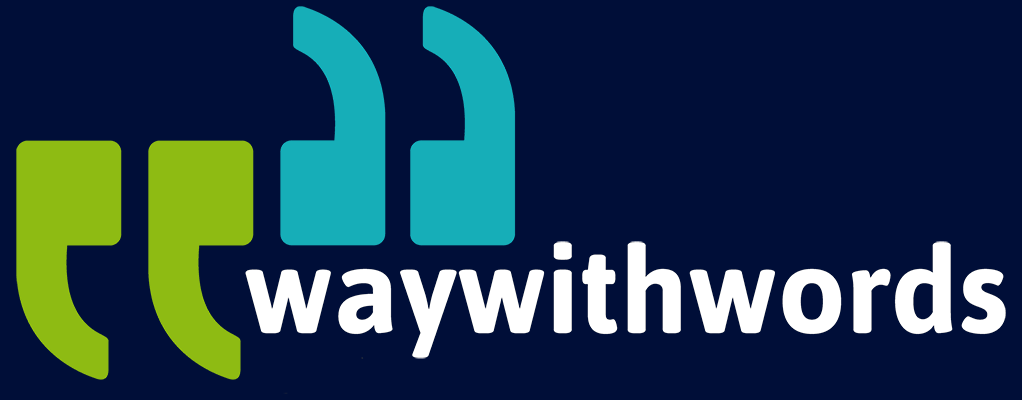Speaker Diarisation: Challenges and Solutions in Datasets
What Is Diarisation and How Is It Implemented in Datasets?
One of the most critical yet often overlooked tasks is diarisation. When audio data contains multiple speakers, and sometimes in multiple languages that require code-switching, it is not enough to transcribe the words alone. Understanding who spoke when is equally important, particularly for industries where speaker roles, dialogue context, and accurate segmentation directly affect the value of the data. This is where diarisation comes into play.
Speaker diarisation, sometimes called audio diarisation or multi-speaker voice tagging, is the process of partitioning an audio stream into segments according to the identity of the speaker. It answers two fundamental questions:
- Which speaker is speaking?
- When did they speak?
In the following sections, we’ll explore what diarisation is, the tools and techniques used, how it applies to real-world contexts, the role of annotation and validation, and the key challenges with their solutions.
What Is Diarisation?
At its core, diarisation is the process of separating and labelling sections of speech by individual speakers. Unlike speech recognition, which focuses on the words spoken, diarisation focuses on the speakers themselves. It does not necessarily identify speakers by name but distinguishes between them to allow for structured analysis of conversation flow.
For example, in a meeting involving five participants, diarisation will segment the audio into sections where each participant is speaking. The algorithm does not need to know that one of them is “Alice” and another “Bob.” Instead, it labels them as Speaker 1, Speaker 2, Speaker 3, and so forth.
This process becomes invaluable for:
- Transcription accuracy: Separating speakers prevents mixing voices in transcripts.
- Analytics: Speaker-level analysis can identify dominant voices, interruptions, or engagement levels.
- Training AI models: Clear segmentation enhances supervised and unsupervised training for speech models.
The purpose of diarisation is therefore not just clarity but context. In multi-speaker datasets, knowing who spoke when transforms raw audio into structured, actionable information. Without diarisation, transcripts risk losing accuracy, especially when voices overlap or conversations jump quickly between participants.
In short, diarisation builds the foundation for turning unstructured audio into datasets rich with meaning, enabling higher-order analysis and supporting countless downstream applications.
Diarisation Tools and Techniques
Speaker diarisation requires a blend of techniques to achieve accurate separation. At the heart of most diarisation pipelines are three components: Voice Activity Detection (VAD), speaker embeddings, and clustering algorithms. Together, these methods help create meaningful divisions in audio.
- Voice Activity Detection (VAD)
- VAD is the first step in most diarisation systems. It detects where speech occurs versus silence or background noise.
- By filtering out non-speech elements, VAD ensures the diarisation system works only with spoken segments, reducing false positives and wasted computation.
- Speaker Embeddings
- Embeddings represent a speaker’s unique vocal characteristics in a numerical format.
- One popular method is x-vectors, which map speaker traits like pitch, tone, and accent into a feature space.
- These embeddings allow algorithms to measure similarity between speech segments, making it easier to group segments by speaker.
- Clustering Algorithms
- Once embeddings are created, clustering algorithms assign each segment to a speaker group.
- Common approaches include k-means, agglomerative hierarchical clustering, and spectral clustering.
- Advanced pipelines may refine these results through re-segmentation, improving accuracy on overlapping or difficult-to-separate speech.
- Additional Techniques
- Neural diarisation models (EEND – End-to-End Neural Diarisation) are gaining traction. These use deep learning to directly model multi-speaker conditions, reducing dependency on traditional pipelines.
- Overlap detection helps identify moments where multiple people talk simultaneously, an area where diarisation traditionally struggles.
The choice of technique often depends on the dataset’s purpose. For example, a call centre application may prioritise real-time accuracy, while a research dataset may allow for slower, more computationally intensive methods that deliver higher precision.
Applications in ASR and Analytics
The significance of diarisation extends far beyond academic research. In practice, it powers critical services across multiple industries. Here are some of the most impactful applications:
- Call Centres and Customer Support
Diarisation helps separate the voices of agents and customers. This is essential for monitoring compliance, analysing customer sentiment, and measuring agent performance. For example, a system may reveal that agents dominate 70% of conversations, signalling poor engagement strategies. - Meetings and Conferences
Automatic meeting transcription tools rely on diarisation to ensure each participant’s contributions are tracked. This is particularly important for remote or hybrid teams, where detailed meeting logs can support productivity, accountability, and knowledge retention. - Podcasts and Broadcast Media
In media production, diarisation enhances accessibility by clearly attributing dialogue to speakers in transcripts. This makes editing and captioning easier, while also supporting SEO optimisation by tagging speaker-specific topics. - Real-Time Transcription Services
When applied to live audio, diarisation enables systems to generate speaker-labelled transcripts in real-time. This is increasingly critical in scenarios such as live closed captioning for events, courtrooms, and multilingual conferences. - Data Analysis and Research
Academic researchers studying communication patterns, linguistic features, or sociological interactions use diarisation to extract fine-grained insights about turn-taking, interruptions, and role-based dialogue.
In all these applications, diarisation ensures that speech is not only transcribed but also contextualised. This transforms simple recordings into datasets with practical, measurable value.

Annotation and Validation of Speaker Turns
While automated diarisation tools are powerful, annotation and validation remain essential for achieving high-quality datasets. This is particularly relevant for industries that require near-perfect accuracy, such as legal transcription or medical research.
- Manual vs. Automated Diarisation
- Automated diarisation offers speed and scalability but is rarely flawless.
- Manual annotation, performed by trained data labellers, adds human-level precision by correcting errors in speaker boundaries or overlaps.
- Timestamping Dialogue
- Annotation involves marking the start and end times for each speaker turn.
- Accurate timestamping is vital for downstream uses like synchronising transcripts with video or feeding precise segments into training datasets.
- Resolving Overlaps and Short Utterances
- Overlapping speech is a persistent challenge. Annotators may decide whether to segment overlapping talk into parallel tracks or prioritise the dominant voice.
- Short utterances such as “yeah,” “mm-hmm,” or “right” are another difficulty, as they may not add meaning but still need representation for completeness.
- Validation Methods
- Double-blind validation, where two annotators independently label the same dataset, ensures objectivity.
- Consensus reviews resolve disagreements and refine guidelines for consistent labelling.
The annotation process also plays a critical role in training machine learning systems. High-quality, validated data sets the benchmark for automated diarisation models, helping them perform better in real-world applications.
In summary, while automation accelerates diarisation, human validation provides the trust and reliability needed for professional-grade results.
Challenges and Solutions
Despite advancements in algorithms, diarisation is not without its hurdles. Each challenge presents an opportunity for innovation and refinement:
- Crosstalk and Overlapping Speech
- Problem: When two people talk simultaneously, diarisation systems often struggle to assign segments correctly.
- Solution: Overlap detection and neural diarisation (e.g., EEND) are actively addressing this issue, improving multi-speaker handling.
- Speaker Segmentation Errors
- Problem: Systems may incorrectly split one speaker’s speech into multiple segments or merge two different speakers.
- Solution: Incorporating re-segmentation techniques and adaptive clustering helps refine boundaries.
- Gender and Accent Bias
- Problem: Datasets skewed toward particular genders or accents can reduce accuracy for underrepresented voices.
- Solution: Building diverse training corpora and applying fairness-aware algorithms mitigate these biases.
- Environmental Distortion
- Problem: Background noise, echo, and poor-quality recordings make separation more difficult.
- Solution: Pre-processing with noise reduction and robust embeddings designed for noisy conditions enhance performance.
- Scalability vs. Precision
- Problem: Real-time diarisation requires speed, which can compromise accuracy. Offline diarisation may be precise but unsuitable for live applications.
- Solution: Hybrid systems allow initial real-time labelling, later refined by offline algorithms or human review.
As these solutions evolve, diarisation continues to improve, making it more reliable and adaptable to diverse use cases. The interplay of machine learning and human validation ensures progress remains steady in balancing precision with scalability.
Resources and Links
Speaker Diarisation: Wikipedia – Covers diarisation processes and algorithms for distinguishing speakers in recorded audio.
Way With Words: Speech Collection – Way With Words excels in real-time speech data processing, leveraging advanced technologies for immediate data analysis and response. Their solutions support critical applications across industries, ensuring real-time decision-making and operational efficiency.
